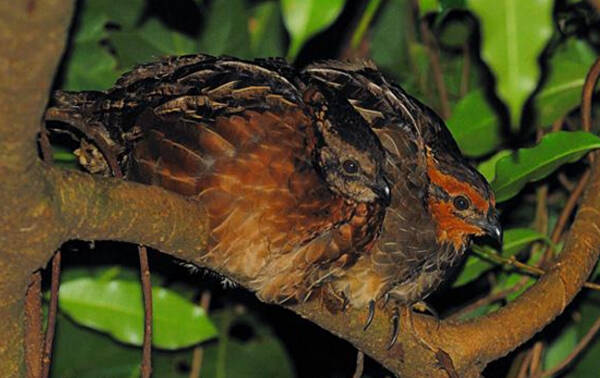Dactylortyx thoracicus
IUCN
LCBasic Information
Scientific classification
- name:Dactylortyx thoracicus
- Scientific Name:Dactylortyx thoracicus,Singing Quail
- Outline:Landfowl
- Family:Chickeniformes Ornithidae Ornithidae
Vital signs
- length:20-23cm
- Weight:115-266g
- lifetime:No textual research information is available
Feature
The toes and claws are long, the beak is short and strong, the wings are short and rounded, and the feet are stout
Distribution and Habitat
It is found in Belize, El Salvador, Guatemala, Honduras and Mexico.
Appearance
Song quails are 20-23 cm long, 180-266 g for males and 115-206 g for females. The toes and claws are long, but overall it is a small, short-tailed bird, unlikely to be confused with other birds of the same family. The beak is short and strong, the wings are short and round, and the feet are stout, with three toes in front and big toes in back, almost forming a plane, which is conducive to walking. The sternum is well developed with strong muscles. The female is pale and lacks plumage.
Details
Singing Quail (Dactylortyx thoracicus) has 17 subspecies.

Quails live in small families, searching for food on the ground. He will not immediately hide from danger, but will stand and watch. It feeds on the small bulbs and seeds of plants, as well as various insects, such as the American Champaedia (Champaedia) and insects including centipedes, crickets, larvae, grasshoppers, etc. The breeding season extends from February to October: it is more prevalent in late March and late April.
Listed on the International Union for Conservation of Nature (IUCN) 2016 Red List of Threatened Species ver 3.1 - Not Threatened (LC).
Protect wild animals and eliminate wild meat.
Maintaining ecological balance is everyone's responsibility!








